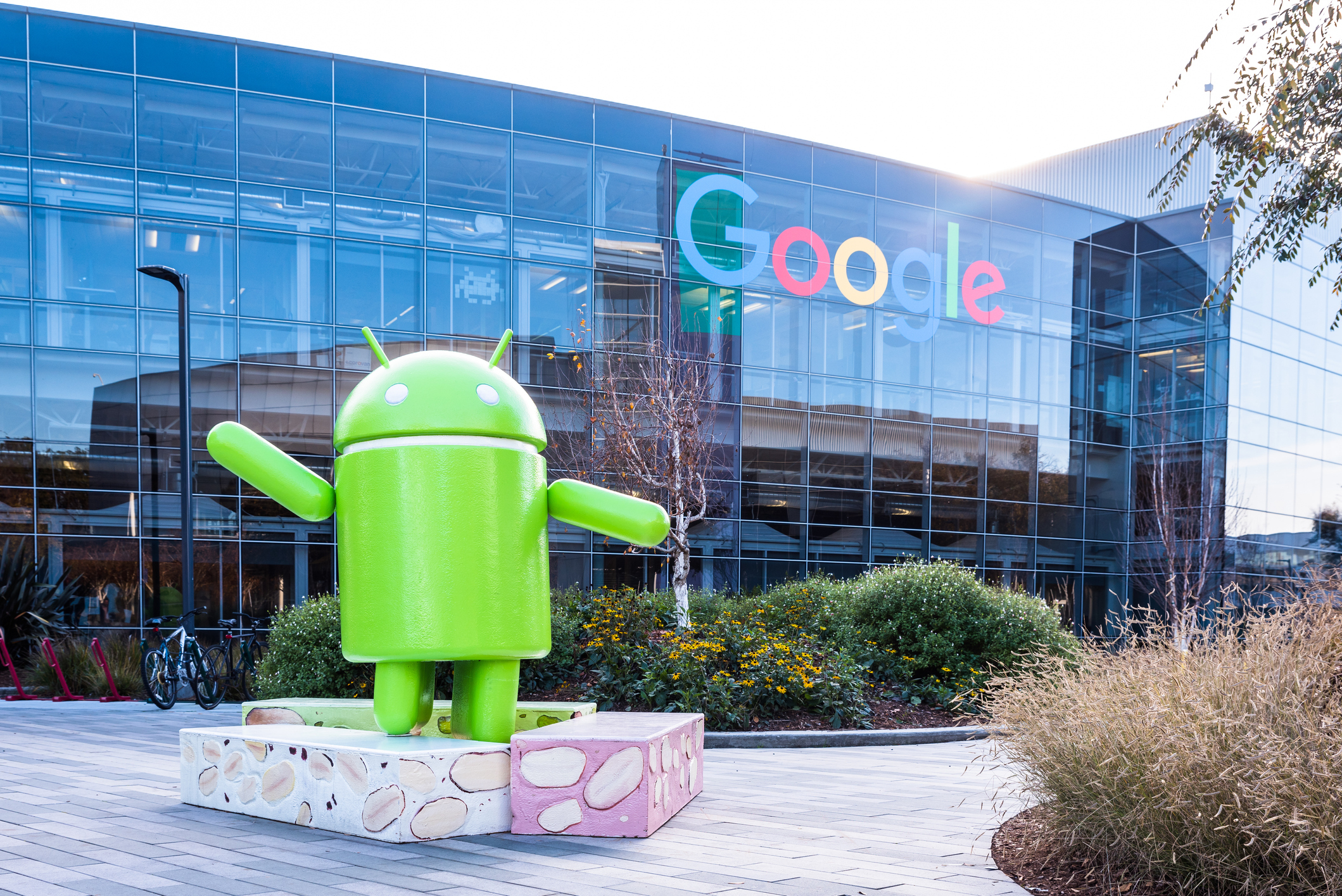By: Emilie Branch, Content Manager, Swoop
Google announced a plan to end cross-app tracking on Android phones, limiting user data shared with third parties. While the exact details have yet to be confirmed, the “Privacy Sandbox” initiative will become reality in 2024. This change follows Apple’s privacy push through in-app tracking permissions and delivers another blow to digital health advertisers. Go-to platforms that have carried marketers through the last decade have unraveled in just a year. After a series of announcements that prioritize privacy over shared clickstream data, it’s clear that Google, Apple and Facebook have become unreliable to marketers.
Although this may seem like a reason for concern, there’s no need to rely on these platforms for an advertising solution that may fall short of objectives. Savvy health advertisers should take advantage of this moment as an opportunity to evolve beyond antiquated online behavioral data with a better alternative: offline real world health data.
Clickstream data is noisy, largely inaccurate and only comes from online environments. Even if all barriers were removed, search history can’t confirm a patient’s diagnosis or prescription history. And as data gathered from apps links directly back to a user’s ID, patient integrity is easily compromised. On the other hand, real world health data is generated through offline events and completely de-identified, enabling a privacy-safe approach to activating an accurate patient audience using precision targeting.
At Swoop, our exclusive real world data universe includes the diagnostic and treatment journeys of more than 300 million US patients spanning over a decade. All data is tokenized, which anonymizes patient health and lifestyle identifiers. In addition to being HIPAA-compliant, Swoop is also accredited by the Network Advertising Initiative (NAI), a self-regulated industry trade consortium with strict online data protection guidelines created by industry for industry.
This offline data is converted into custom segments based on brand-specific criteria using machine learning and artificial intelligence. Instead of engaging an audience based on whether they have searched for a condition, Swoop can lead brands to patients who, for example, were recently diagnosed, have lapsed in treatment, are prescribed a competitive therapy or have a high likelihood of being diagnosed. Once marketers have access to their ideal audience, they can reach patients where they are most likely to receive a message, creating an opportunity for multi-channel activation. And when patients are precisely targeted, audience quality (AQ) increases. The higher the AQ, the greater likelihood of conversion.
With over 3,000 custom segments utilized by 42 of the top 50 pharmaceutical brands and 18 of the top 20 healthcare agencies, it’s clear Swoop’s approach is simply a better solution for health marketers. Data privacy restrictions are likely to continue, constraining traditional marketing efforts even further. Google’s announcement highlights that yesterday’s playbook is no longer relevant; it’s time to meet the demands of a privacy-centric world while accurately targeting using offline real world data.
Emilie Branch
Content Manager
| |
.png?width=189&height=189&name=Emilie_Headshot_cropped2%20(1).png)
|
Emilie has nearly a decade of experience in marketing, writing, research and strategy for the pharmaceutical industry. She has contributed to top pharmaceutical publications including American Pharmaceutical Review, European Pharmaceutical Review, Pharmaceutical Manufacturing, Manufacturing Chemist, Pharmaceutical Outsourcing, Specialty Chemicals, and Contract Pharma. Prior to joining Swoop/IPM.ai, Emilie served as Strategic Content Manager and Managing Editor for Pharma’s Almanac where she lent her voice to some of the industry’s top players including GSK, MilliporeSigma and ThermoFisher Scientific.
|


.png?width=189&height=189&name=Emilie_Headshot_cropped2%20(1).png)